Great Gear Review: Rocky Talkie Radios
Rugged Backcountry Radio Gives Adventurers Peace of Mind.
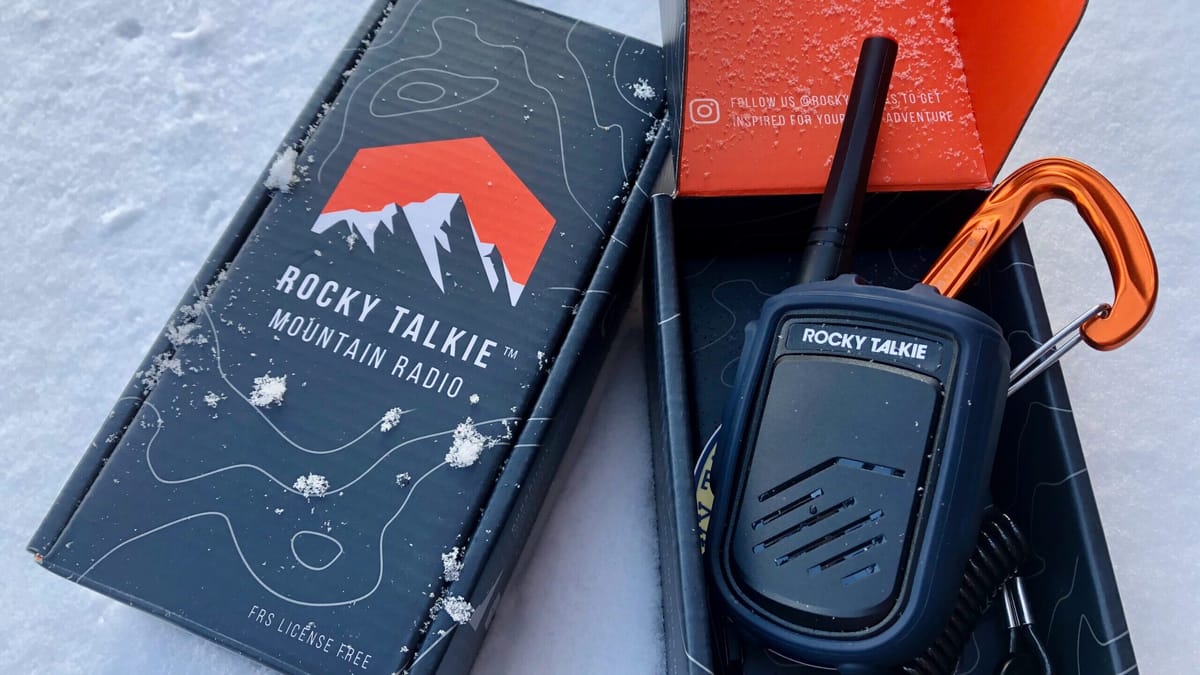
The light was fading fast. I had already come nose to nose with one moose, and I had seen two more moving downstream towards the last place I had seen my partner. Slowly wading my way upstream, giving the first moose a wide berth, I see the hole, deep and wide. The liquid mirror glinted gold in the light of the setting sun, the surface only disturbed by the telltale ripples of trout sipping bugs off the surface. Everything in my fisherwoman soul said, “Fish it!” Then the pocket of my waders began to buzz. It was the alarm on my otherwise useless mobile phone. 7:30 pm. Time to hike out to meet my partner back at the truck as planned. If only I could call him and let him know the spot I had discovered, or give him a heads up on the potential of a close moose encounter. Reluctantly, I drop the glorified alarm clock back in my waders and head for the road.
Whether fishing, skiing, cycling, or hiking, I love being in the backcountry and “out of range,” but no cell signal means no contact for timing, logistics, and, most importantly, safety. When the folks at Rocky Talkie sent me a pair of radios to try out, I was very excited to test them as a solution to backcountry communication.
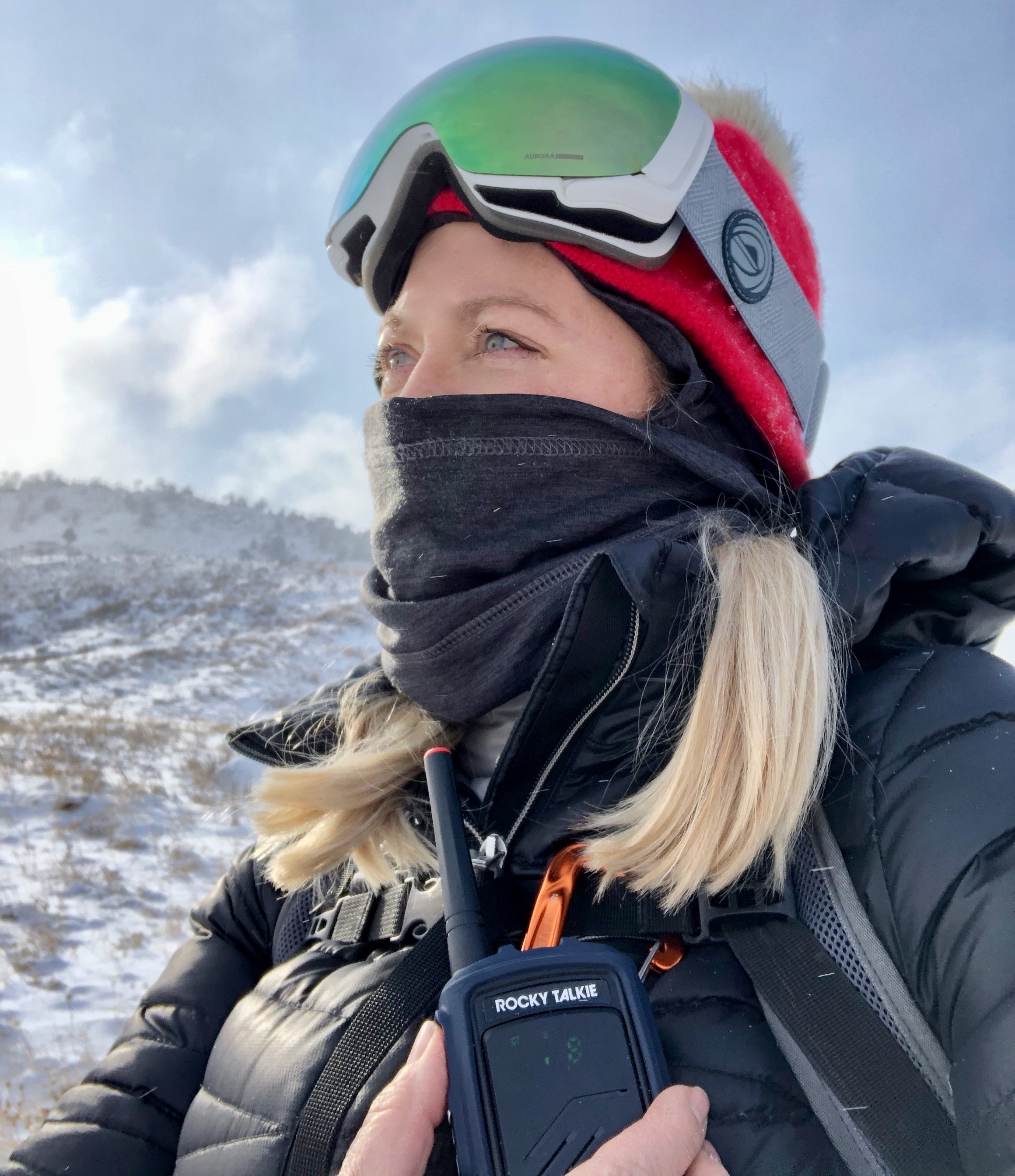
Rocky Talkie FRS Radio ($90.00 each) – On testing day, it was -2 degrees Fahrenheit. Perfect test conditions with only one problem; no one would go outside with me. In my world, that is not uncommon. I often venture out alone. I always let someone know my planned whereabouts and expected return time. However, today, I could stay in contact with “Homebase” while venturing into the sidecountry near my home in the Colorado foothills. In our premontane neighborhood, cell service is spotty, even close to town, so on most occasions; I am at least partially disconnected from help if I were to need it. Not today, though! We set our radios on channel 128, clipped my Rocky Talkie to the front of my pack with the rugged Mammut® Ultralight carabiner, and I set out fully bundled for the bitter cold winter conditions. The first half-mile, the signal was strong, and communication with my partner back at Homebase was crystal clear. At three-quarters of a mile, no problem either. At this time, he was cozy by the fire inside our cement and steel condo.
Then I went into a small gully. “Mountain Cat to Homebase, come in Homebase.” Nothing. I was on the downside of a small roller blocking the line of sight between Homebase and me. As soon as I rounded the roller and started to gain elevation, I heard a crackle of static on the radio, but I could not understand or respond. In another 50 yards, I could understand the call from Homebase, but my reply was not received. I kept climbing to the top of the gully. Now, I was one mile from Homebase with a direct line of sight, “Mountain Cat to Homebase, come in Homebase.”
“There you are, Mountain Cat!” My partner’s response was loud and clear. “I am outside on the deck, and you sound good,” he told me. I discovered that Family Radio Service (FRS) two-way communication doesn’t perform as well inside or around cement and steel buildings. They work best in wide-open spaces. Our conditions were definitely pushing the limits of FRS communications.
Now it was time to ascend the ridge. Here is the magic line where the cellular signal stops and the bear and mountain lion tracks start. It is the perfect grade and one of my favorite places to run intervals while tracking the local fauna. Admittedly, I am wary up here, but the draw of wildness is too strong to resist. I was hopeful the radio contact would make my journey less foreboding, but within about a quarter-mile, I was out of range for the rest of the hike. As soon as I lost line of sight, terrain-wise, my signal was gone. I tried again at the top (two-plus miles from Homebase). I had a bit of openness but not a direct line of sight. Still no signal. It was just me and a pristine set of bobcat tracks heading off in the snow. At least my partner knew my last known whereabouts.
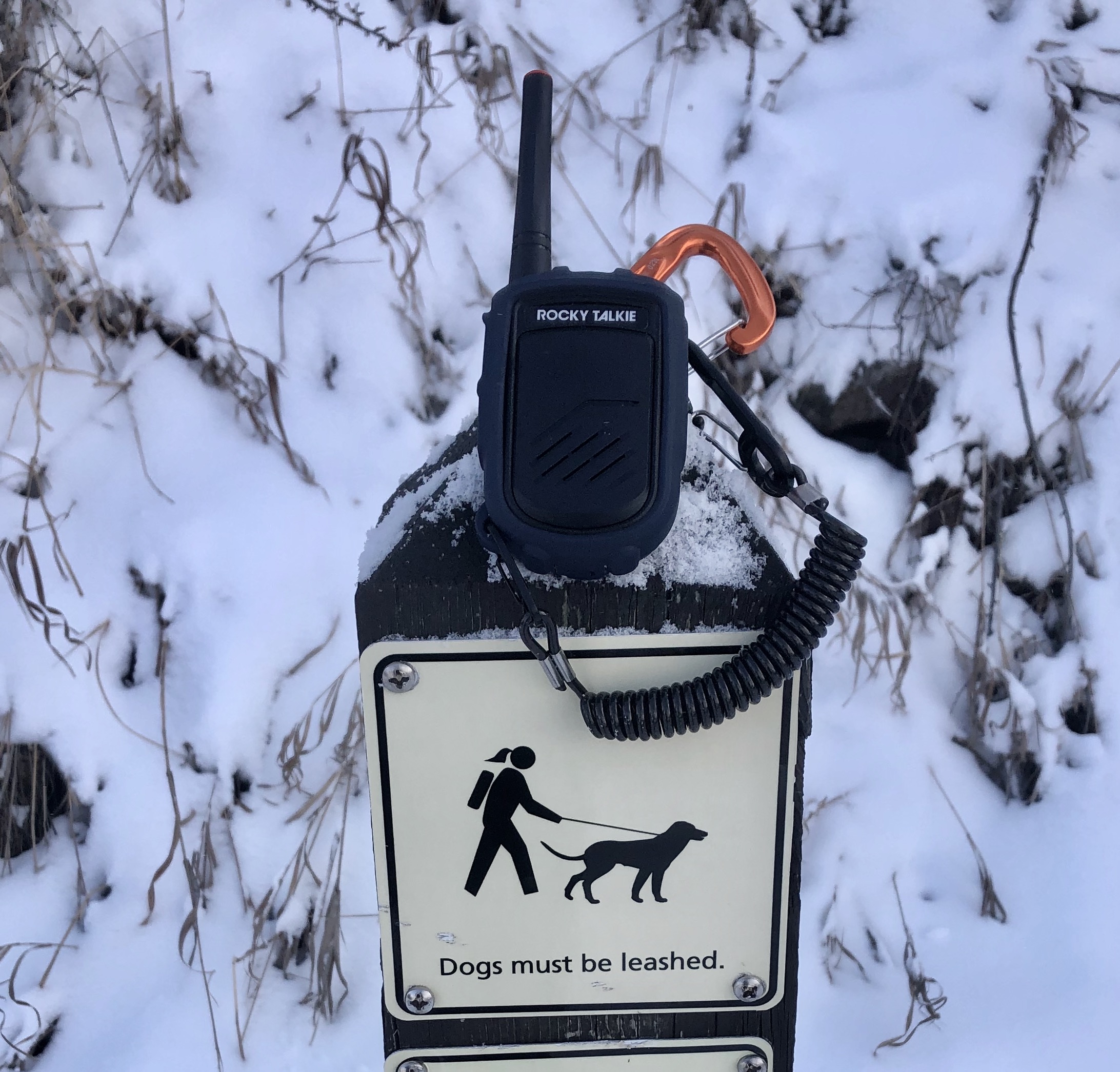
Backtracking down the mountain, I tried a few more vantage points to reach Homebase, but it was not until I was back at the 1.25-mile mark that I could get a call through. Still, I thought this was pretty good. I was able to check-in, give my location and the estimated time of arrival.
It’s Rocky Talkie’s rugged value proposition that is most impressive. A specialized lithium-ion battery provides over three days of battery life, even in sub-zero temperatures. After my adventure, my previously fully charged phone and GPS were within inches of battery death due to the cold temps. However, the Rocky Talkie battery-level indicator still showed full charge even after two hours of almost continuous use on the high output setting. Other adventure-worthy features are a shatterproof LED screen and thermoplastic protective covering. There are no wimpy plastic clips like on other radios either. The Rocky Talkie easily secures to backpacks, harnesses, and fishing waders using the carabiner and back-up safety tether. The Rocky Talkie is water-resistant, so rain, snow, and splashes should not be a problem. I’ll make sure to keep it on the leash when taking it fishing, though, as it is not rated waterproof, nor does it float. Rocky Talkies are very intuitive and easy to use straight out of the box; however, if you want to get the most out of your radios, there are several videos, a manual, and FAQs are available online.
I have plans to take the Rocky Talkies skiing in a few weeks, and as soon as the lakes and rivers begin to thaw, we will be giving it the ultimate fishing adventure test in the Indian Peaks Wilderness. Be sure to follow us on https://www.instagram.com/theoutdoorjournal/, and I’ll let you know when I make review updates.
About Rocky Talkie
Rocky Talkie was founded in 2019 in Denver, Colorado, by longtime friends and adventure partners Bryce Jones and Alex Page. Over the years, the two had witnessed dozens of close calls while rock climbing and skiing—almost always due to poor communication. After searching in vain for a reliable radio that was easy to use, they decided to create their own. With a dedication to making reliable, affordable radios, they believe better backcountry communication will save lives and provide users greater peace of mind. Click here to visit their website.
Please note: This review is the honest opinion of the writer. Rocky Talkie is a sponsor of Great Gear Reviews and Giveaways and has paid a sponsorship fee for program promotion and provided products for review and giveaway.



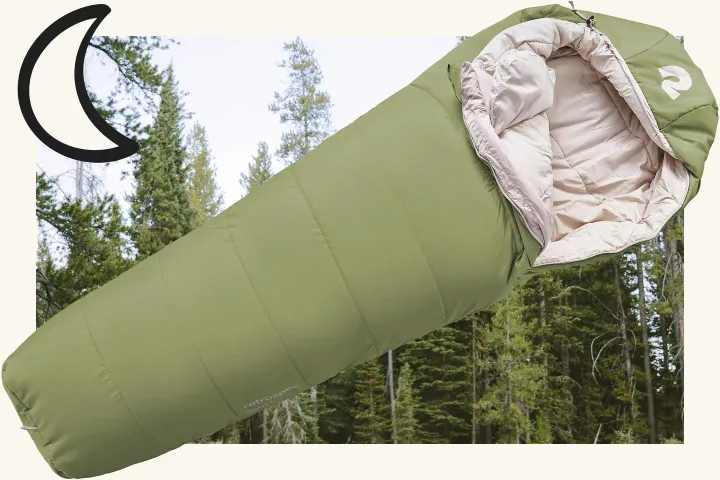
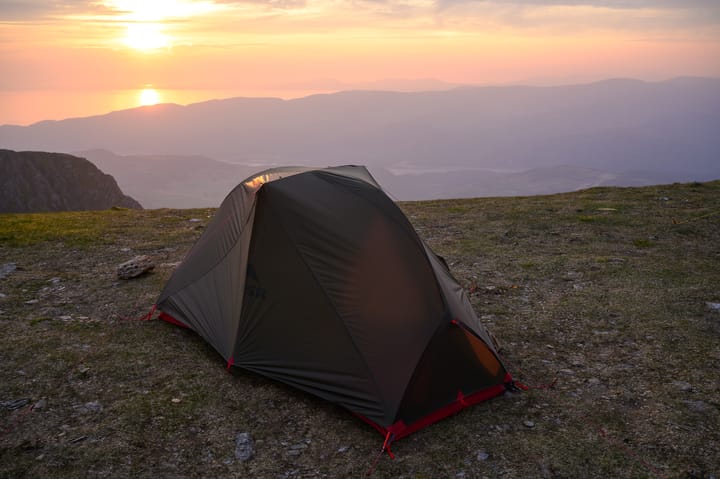
Comments ()